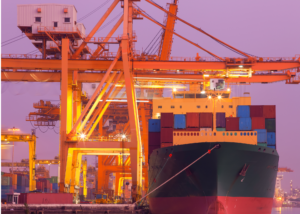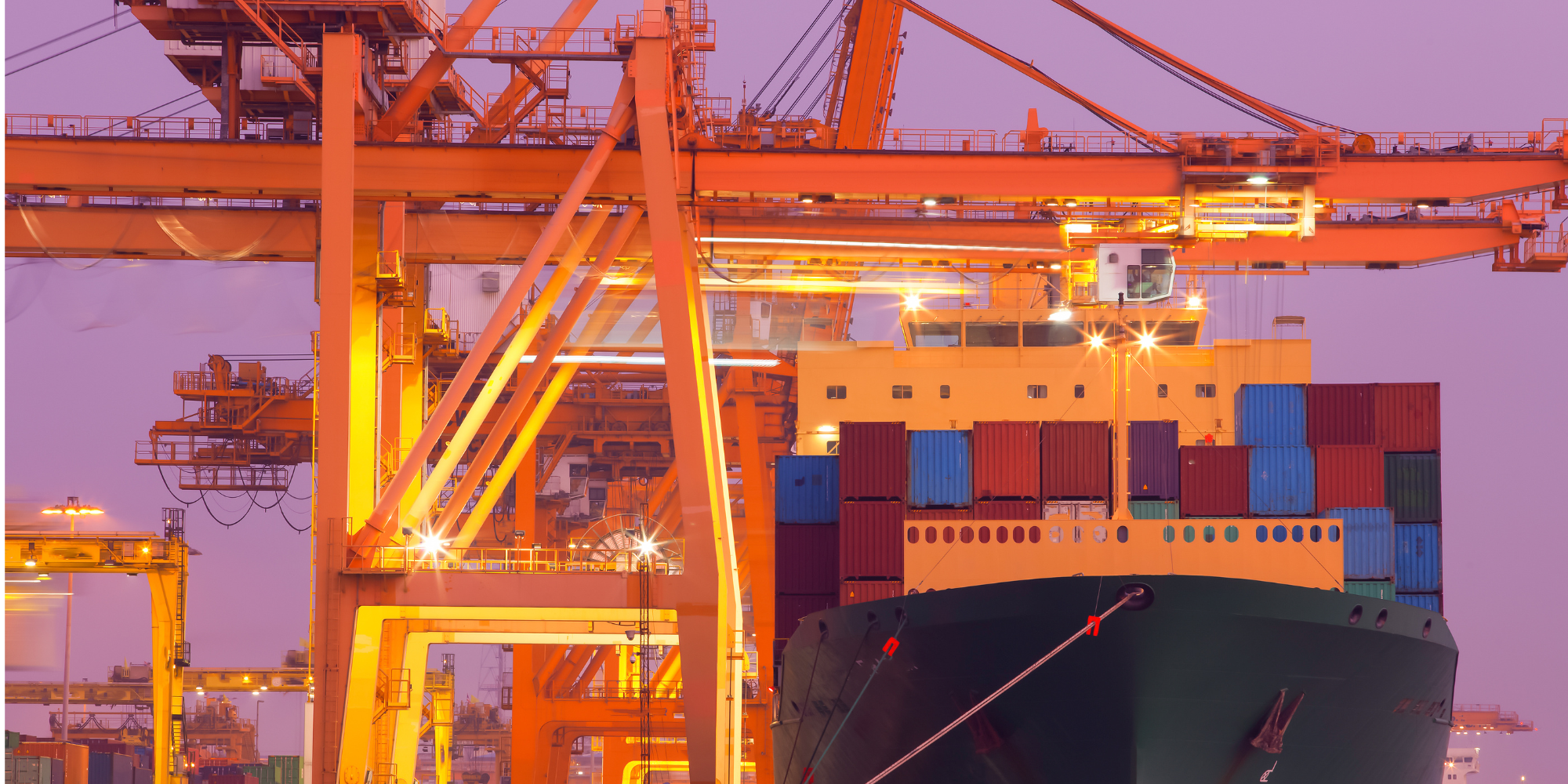
Possible Strike U.S. Ports
The logistics and warehousing industries are facing a potential disruption as U.S. port workers consider a strike that could paralyze major shipping hubs across the country starting this Tuesday October 1st of 2024.
With the threat looming over 36 ports, some of those key ports stretching from Maine to Texas, businesses relying on transloading and supply chain management must prepare for the ripple effects of such an event.
The media oulets report that “it would be the first coast-wide International Longshoremen’s Association union (ILA) strike since 1977, affecting ports that handle half the nation’s ocean shipping.”
The Role of U.S. Ports in Logistics and Transloading
U.S. ports handle a massive volume of the nation’s imports and exports, acting as gateways for goods to enter and exit the country. For logistics providers, especially those involved in warehousing and transloading, ports are critical touchpoints in the supply chain. Transloading—the process of transferring cargo from one mode of transport to another—heavily relies on the seamless operation of these ports to ensure timely delivery to final destinations.
In the event the port strike enters into effect, operations could come to a halt, leading to bottlenecks, delayed shipments, and increased costs for businesses that depend on efficient transportation. An analysis by J.P. Morgan projected a strike would cost the U.S. economy up to $5 billion per day reported USA today.
Potential Consequences of a Port Strike on the Logistics Industry
If the strike goes forward, the entire logistics and warehousing sector could feel significant strain. Some of the key consequences include:
- Disrupted Supply Chains: A port strike would cause major disruptions in supply chains, affecting manufacturers, retailers, and distributors. Shipments could be delayed for weeks, causing inventory shortages and making it difficult for businesses to meet customer demand on time.
- Increased Shipping Costs: With fewer ports operating, shipping rates are likely to skyrocket as demand for alternative routes and transportation methods rises. Businesses may face higher costs to reroute cargo through different ports or overland options.
- Capacity Strains on Warehousing and Transloading Facilities: As shipments get delayed, more goods will be stored in warehouses for extended periods. This will increase the demand for warehousing space and put pressure on transloading facilities to manage cargo overflow efficiently.
- Increased Use of Inland Rail and Trucking: To bypass affected ports, logistics providers may increase their use of rail and truck transport. While this could alleviate some delays, it may lead to longer transit times, higher fuel costs, and greater carbon emissions.
- Inventory Shortages for Retailers: Retailers relying on just-in-time inventory systems may face stock shortages, particularly with products imported from Asia. The potential backlog of goods at ports can disrupt the availability of consumer goods, affecting everything from electronics to clothing.
- Longer Lead Times for Project Cargo and Specialized Shipments: Logistics companies handling oversized or specialized shipments may face extended lead times as they try to navigate around the strike. These shipments often require precise coordination and can be severely impacted by disruptions in port operations.
How Can Businesses Mitigate the Impact?
To minimize the impact of a port strike, logistics companies and their customers can take several proactive steps:
- Increase Inventory Levels: Businesses can build up inventory levels in anticipation of delays, ensuring they have enough stock to meet customer demand during potential disruptions.
- Enhance Warehousing and Transloading Capacity: Logistics companies may need to expand their warehousing capacity or partner with third-party logistics providers to accommodate increased storage needs. Efficient transloading can help reduce delays.
- Monitor Real-Time Updates: Staying informed about port negotiations and strike updates is crucial. Early awareness allows companies to plan accordingly and adjust transportation routes or schedules.
Conclusion
The threat of the current U.S. port strike by ILA union poses significant challenges for the logistics, warehousing, and transloading industries. Disrupted supply chains, increased shipping costs, and strained warehousing capacity are just a few of the potential consequences. By proactively planning for alternative routes, increasing inventory, and enhancing warehousing and transloading operations, businesses can better navigate these uncertain times.
As the situation develops, staying ahead of potential disruptions is key to minimizing impacts on your business and ensuring continued service to your customers. Contact us at CDavis to learn how we can assist you and your company today!





